What Are Good Art Supplies
The 7 Art Supplies Every Artist Should Have
The art supplies an artist chooses to go back to time and time again — those Holy Grail items — are a very personal choice. You could even say that it's not even a choice, it is something that happens organically as you experiment and test different supplies: Some you immediately fall in love with, and some you use once and then they get buried in the back of that one miscellany drawer. There are essential supplies that all artists should have.
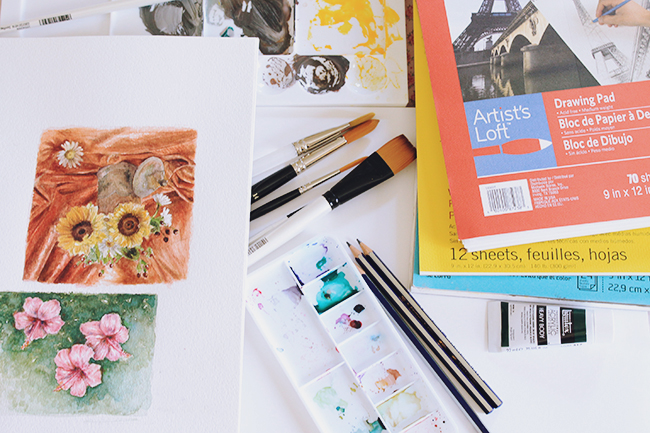
Photos via Craftsy blogger Antonella Avogadro
As you explore your artistry and discover your favorite mediums you will begin to grow a collection of favorites that will see you create many paintings and will accompany you through your journey.
The types of art supplies you will need depend firstly on the medium you enjoy or wish to pursue. The specifics will be different whether you paint with acrylics, oils, gouache, watercolors, etc., but in general, the type of supplies you will need are fairly similar.
Here's a general overview of the basic materials you will need.
1. Graphite Pencils:
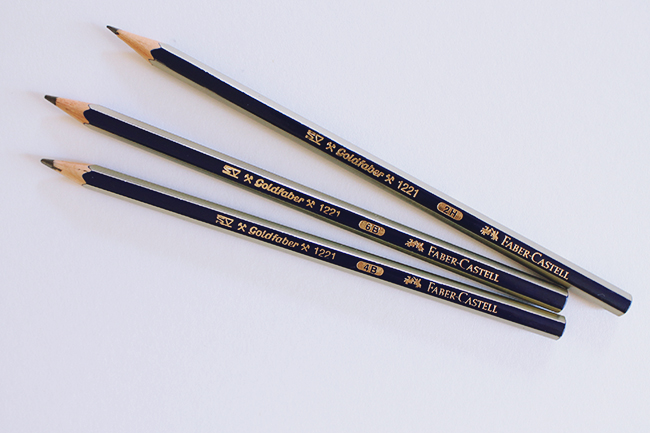
Regardless of your medium of choice, you will most probably need to make a drawing of your subject before you begin your actual painting. This is why it is of utmost importance for any artist to have a good and reliable set of pencils.
You don't need a large number of graphite pencils. Having 3 or 4 basic pencils will be more than enough. You should have a 2B for general sketching and shading, a 6B for dark shadows, and a 4H for light areas.
2. Eraser:
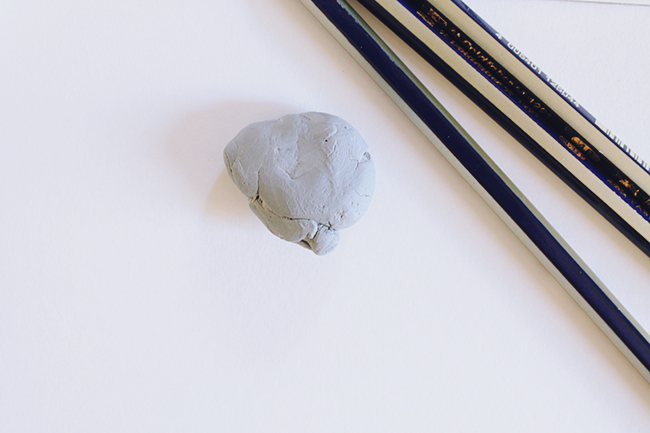
It is also very useful to have both a white eraser and a kneaded eraser. Kneaded erasers are my favorites because they are easy to use and don't leave any residue behind. Another benefit of kneaded erasers is that you can give it different shapes in order to erase small areas of shading to create light in your drawings.
3. Drawing paper:

You will also need a surface to draw preliminary sketches on. I like getting the most inexpensive sketch pads, like this one by Artist's Loft, which come with 70 sheets of paper.
4. Painting surface:

Once you have drawn your ideas and composition sketches for your painting, you'll want to draw the final piece on the surface you will be painting. This is where find several different roads to take depending on your medium of choice.
If you prefer watercolors, the most convenient choice when it comes to types of watercolor paper is a pre-stretched pad. As the name indicates, these sheets of paper have already been stretched, which saves you from having to do it yourself, allowing you to start painting right away.
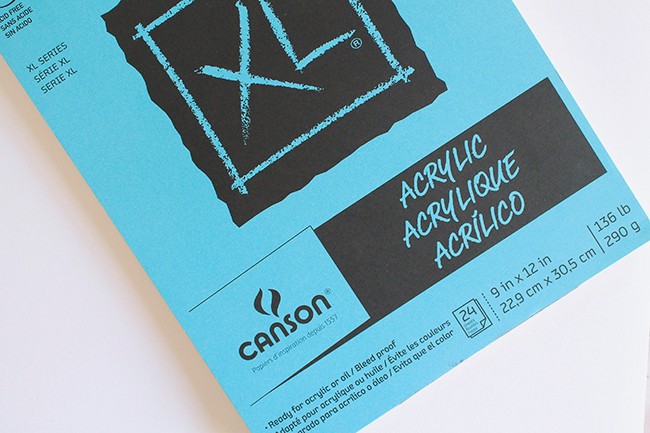
For acrylics you have two general options. You can paint on a canvas or acrylic paper. I like going with acrylic paper pads because they don't take up as much space as a canvas and there's not so much pressure to create something I'll actually want to keep. I feel much freer to experiment and make mistakes. Yet, this choice revolves around personal preference.
5. Palette:
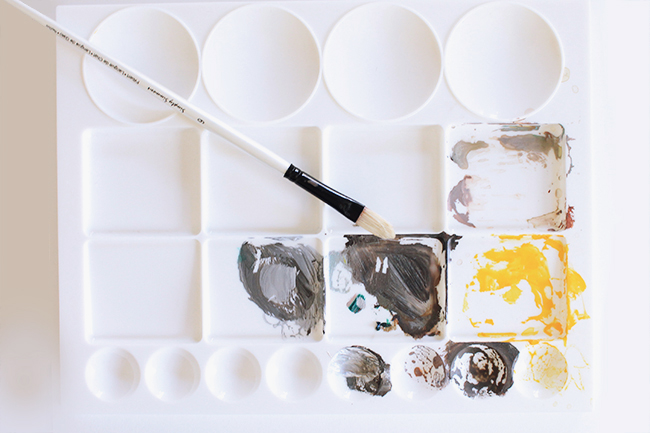
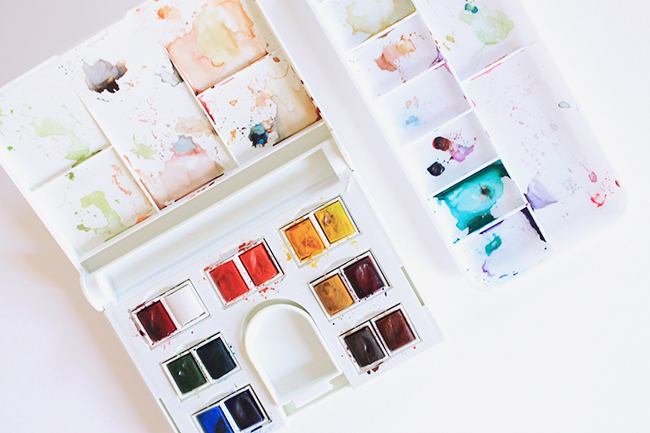
Any inexpensive plastic paint palette works well for both watercolors and acrylics. You can get these at any art store or even places like Walmart for mere cents to a couple of dollars depending on their size. They are both very easy to use and to wash.
6. Brushes:
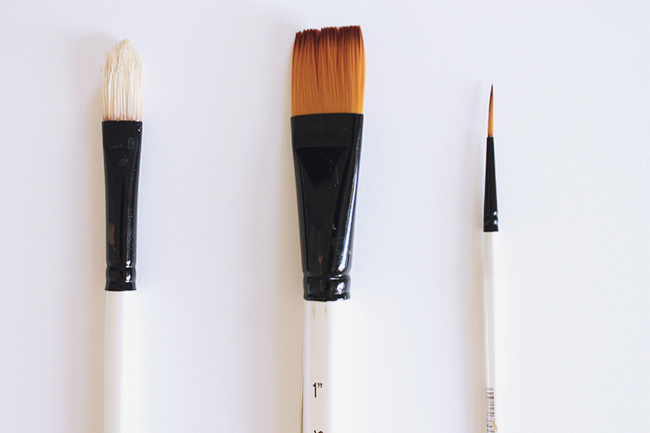
There are at least three basic paintbrushes you'll want to have when you start painting with acrylics:
- A filbert for general painting and smoothing out details (a size 6 works very well for medium size paintings)
- A flat wash brush (1″) mostly for painting backgrounds
- A small liner brush for fine details

For watercolors, the three most useful brushes are:
- A medium or large sized flat brush (3/4) mostly for washes
- A round brush (size 8, 10 or 14) for general painting
- A liner brush (size 6) for smaller detail.
7. Paint:
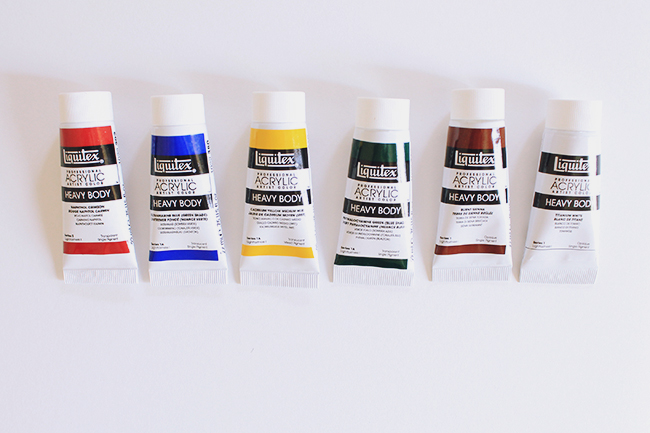
And last, but certainly not least, we have paint. You can begin painting great and very interesting paintings with a very limited palette. Don't ever think you can't pursue art if you don't have a huge palette brimming with excessive amounts of color. In fact, it is much easier, especially for beginners, to start out with a small palette. Otherwise, it can get very overwhelming, fast. This applies to all mediums.
So, whether you prefer acrylics, oils, or watercolors, the basic colors that will allow you to paint practically anything are as follows:
In general terms, you will need at least one blue, one red, one brown and one yellow. There are at least three or four good paints to chose from for each hue. For example, your basic palette could consist of:
- Phthalo Blue
- Phthlo Green
- New Gamboge (yellow)
- Cadmium Red
- Alizarin Crimson
- Burnt Umber
From these colors, you will be able to mix a large variety of new ones.
So, there you have it. With these basics, you are more than set to start making some inspiring paintings and wonderfully messy experiments!
Now let us know: what are some of your absolute favorite art supplies?
What Are Good Art Supplies
Source: https://www.craftsy.com/post/essential-art-supplies/
Posted by: browndowerturs.blogspot.com

0 Response to "What Are Good Art Supplies"
Post a Comment